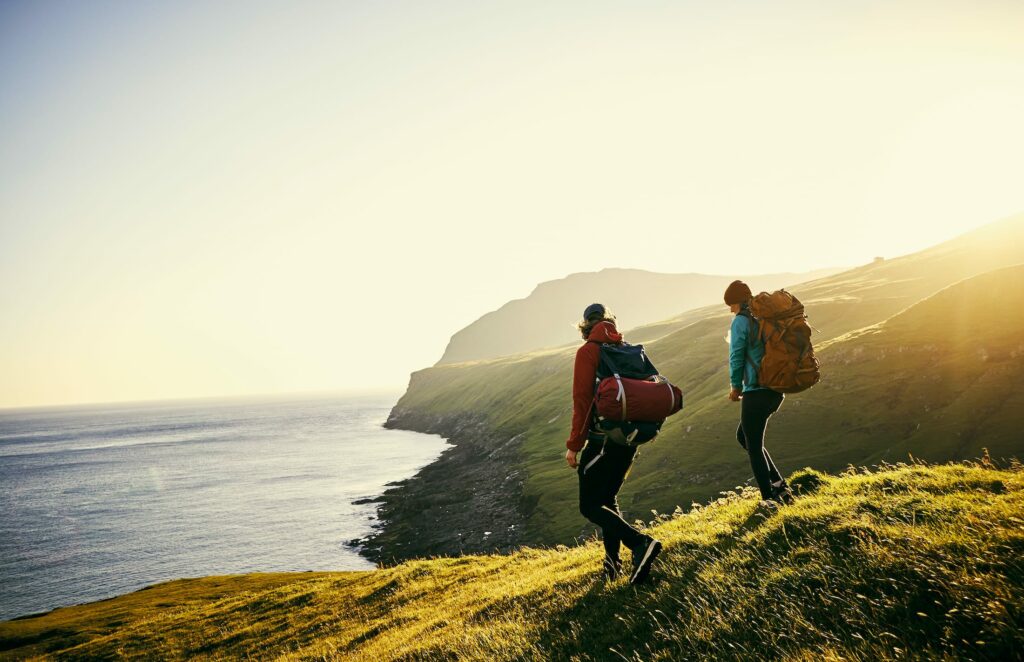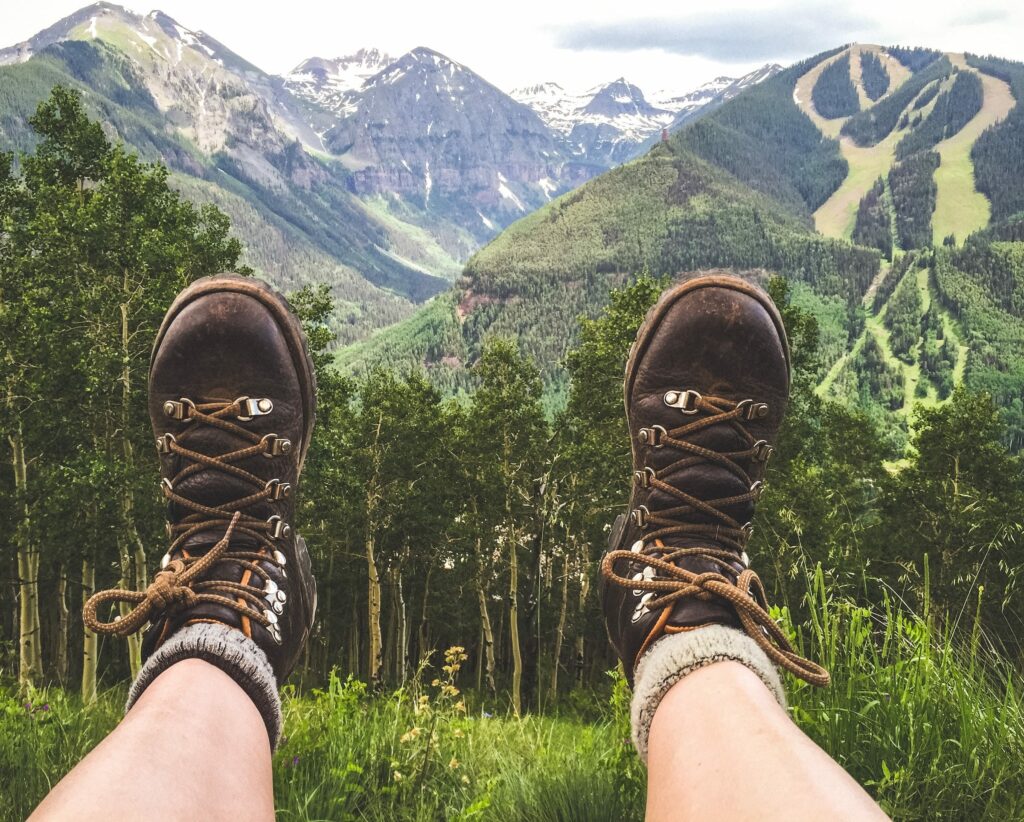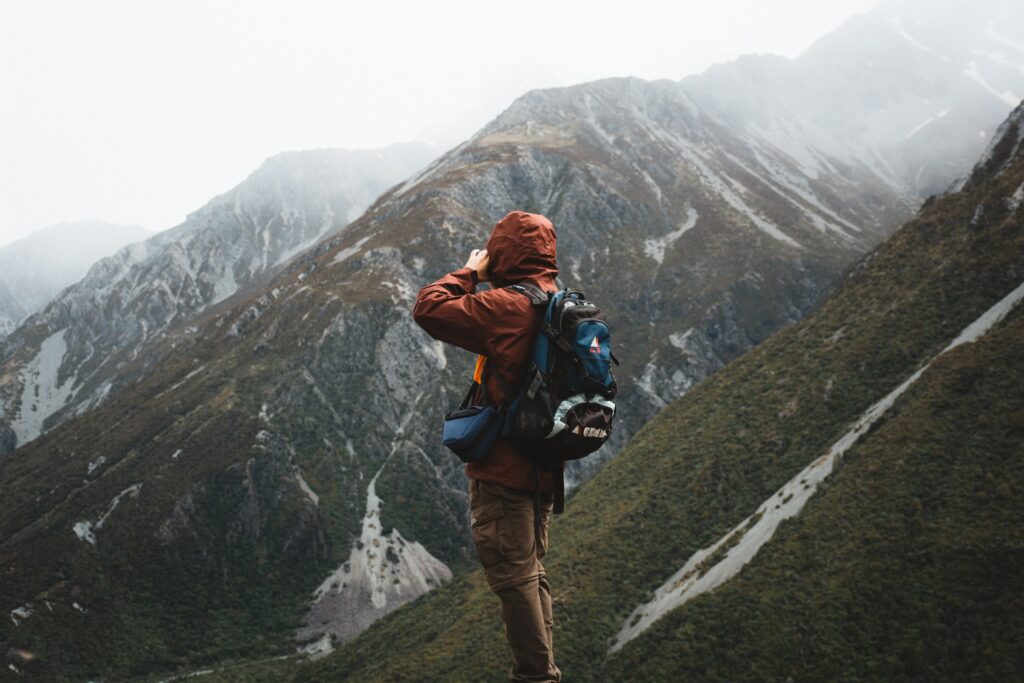
Sweden’s vast and rugged north offers some of the most breathtaking high-altitude campsites in the world. For those seeking adventure, solitude, and a deep connection with nature, Northern Sweden’s mountain ranges are a perfect destination. This guide will take you through some of the best high-altitude campsites in this stunning region, offering tips on how to make the most of your high-altitude camping experience.
1. Kebnekaise Base Camp
Location and Altitude
Nestled at the foot of Sweden’s highest peak, Kebnekaise Base Camp sits at an altitude of around 700 meters above sea level. This camp is the starting point for those attempting to summit Kebnekaise, which towers at 2,097 meters.
Why It’s Special
The Kebnekaise Base Camp is renowned for its stunning views and challenging trekking routes. Surrounded by dramatic alpine scenery, campers can enjoy the serene beauty of the Swedish wilderness. The camp is well-equipped, offering amenities such as a mountain station with accommodations, a restaurant, and guided tours.
Activities
2. Sarek National Park
Location and Altitude
Sarek National Park is located in the Jokkmokk Municipality, with campsites scattered throughout the park at altitudes ranging from 500 to over 1,800 meters.
Why It’s Special
Sarek is often referred to as Europe’s last true wilderness. With no marked trails or facilities, it offers an unparalleled sense of isolation and adventure. The park is characterized by its dramatic landscapes, including deep valleys, high peaks, and vast glaciers.
Activities
Campsites in Sarek are perfect for those who love backcountry camping. The park is ideal for long-distance trekking, wildlife watching, and photography. Due to its challenging terrain and weather conditions, it is recommended for experienced hikers and mountaineers.
3. Abisko National Park
Location and Altitude
Abisko National Park is located in the Swedish Lapland, with campsites situated at various altitudes up to 900 meters. The park is easily accessible via the nearby town of Abisko.
Why It’s Special
Abisko is famous for its stunning natural beauty, including the iconic Lapporten (the Lapponian Gate), and for being one of the best places in the world to witness the Northern Lights. The park’s relatively moderate altitude makes it accessible for a wide range of campers.
Activities
Visitors can enjoy hiking, bird watching, and fishing during the summer months. In winter, Abisko transforms into a paradise for cross-country skiing and ice fishing. The Kungsleden (King’s Trail), one of Sweden’s most famous hiking routes, begins here and stretches 440 kilometers south to Hemavan.
4. Padjelanta National Park
Location and Altitude
Padjelanta National Park, located west of Sarek, offers high-altitude campsites at elevations ranging from 600 to over 1,000 meters.
Why It’s Special
Padjelanta is known for its wide-open spaces, rolling hills, and beautiful alpine lakes. It is less rugged than neighboring Sarek but still offers a remote and tranquil camping experience.
Activities
The Padjelantaleden trail, which runs through the park, is a highlight for hikers. This 140-kilometer trail takes you through some of the most spectacular scenery in Sweden. The park is also home to a variety of wildlife, including reindeer, moose, and arctic foxes.
5. Stora Sjöfallet National Park
Location and Altitude
Stora Sjöfallet National Park, part of the Laponian Area, offers campsites at altitudes ranging from 500 to 1,000 meters.
Why It’s Special
The park is known for its dramatic waterfalls, towering mountains, and extensive birch forests. Stora Sjöfallet is also part of a UNESCO World Heritage Site, recognized for its cultural and natural significance.
Activities
Campsites in Stora Sjöfallet provide access to a variety of outdoor activities. Visitors can enjoy hiking, fishing, and bird watching. The park’s rivers and lakes are popular for kayaking and canoeing. During winter, the area is excellent for snowshoeing and backcountry skiing.
Tips for High-Altitude Camping in Northern Sweden
1. Prepare for the Weather
Northern Sweden’s weather can be unpredictable, with temperatures dropping significantly even in summer. Pack warm clothing, waterproof gear, and a high-quality sleeping bag suitable for cold conditions.
2. Plan Your Route
Many of the high-altitude campsites in Northern Sweden are located in remote areas with no marked trails. Plan your route carefully, ensure you have detailed maps, and consider using a GPS device.
3. Respect Wildlife
Sweden’s northern wilderness is home to a variety of wildlife, including bears and wolverines. Respect their habitats, store food securely, and be aware of your surroundings.
4. Leave No Trace
Preserve the pristine nature of these campsites by following Leave No Trace principles. Pack out all trash, minimize campfire impacts, and respect the natural environment.
5. Stay Safe
High-altitude camping can be challenging and potentially dangerous. Ensure you have the necessary skills and equipment, and always let someone know your plans. Consider hiring a local guide for more difficult treks.
Conclusion
From Kebnekaise Base Camp, hikers can embark on various trails, ranging from moderate to challenging. The ascent to the summit of Kebnekaise is the main attraction, but there are also numerous shorter hikes and climbing routes in the area. During winter, the camp becomes a hub for ice climbing and backcountry skiing.
Northern Sweden offers some of the most incredible high-altitude camping experiences in Europe. From the towering peaks of Kebnekaise to the remote wilderness of Sarek, these campsites provide adventurers with unparalleled opportunities to connect with nature. Whether you are an experienced mountaineer or a casual hiker, the mountains of Northern Sweden have something to offer. So pack your gear, plan your route, and get ready to explore some of the best high-altitude campsites in this beautiful part of the world.



Enjoying the beauty of nature
Camping is an opportunity to escape the hustle and bustle of daily life and immerse yourself in the beauty of nature. As John Muir said, “In every walk with nature one receives far more than he seeks.” Take time to explore the area around your campsite, whether that’s by hiking, fishing, or simply sitting and enjoying the view. And be sure to pack a camera or a sketchbook to capture the memories of your camping tour.
Overall, camping tour is an excellent way to experience the beauty and tranquility of the wilderness. With the right gear, safety precautions and a spirit of adventure, you’ll be sure to have an enjoyable and memorable camping experience.
